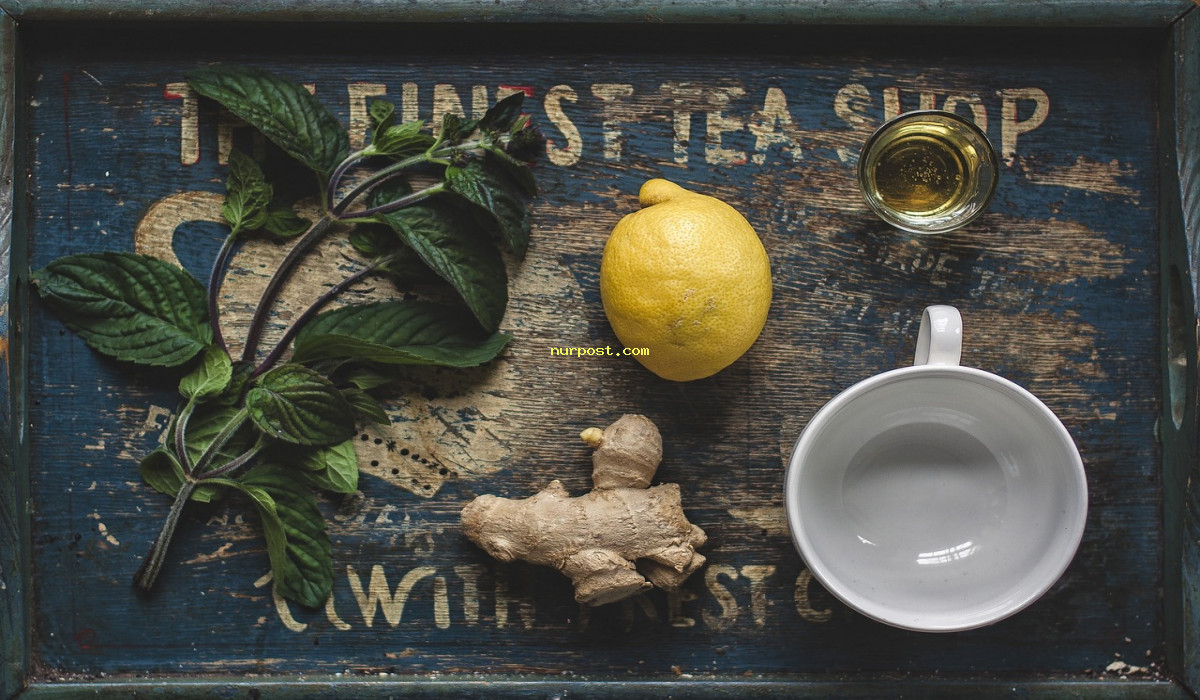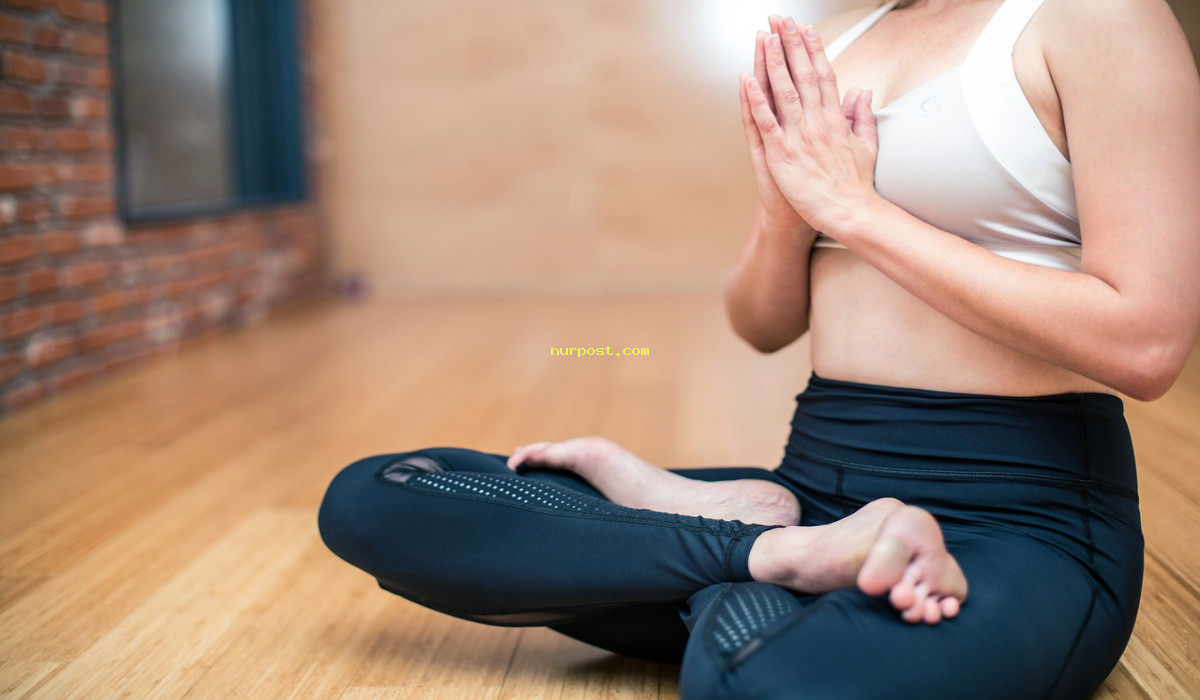Find Bliss Today: A Guide to Inner Peace and Contentment Learn how to find inner peace and contentment with clear steps and simple practices. Determine your path to achieving true bliss.
Find Bliss Today: A Guide to Inner Peace and Contentment Find the Best Result
A Guide to Inner Peace and Contentment Learn how to find inner peace
Finding Bliss: A Guide to Inner Peace and Contentment is an ambitious goal and a difficult journey along the way. Even if you can attain inner peace and contentment, you might not always keep it if life’s setbacks unbalance you. Learning how to navigate your relationship with anxiety, sadness and joy—and making sure you remember to find your bliss—are essential to managing a positive lifestyle. The guide is designed to explain the science behind inner peace and contentment and provide readers with practical tips to discovering their own bliss.
Overview
Finding Bliss is a comprehensive guide to inner peace and contentment. Written by Jenny Kaufman, a positive psychologist and life coach, it covers topics such as positive psychology, mindfulness, intuition, joy, anxiety, productivity, and resilience. Most importantly, it explores the key factors that influence our capacity to find true joy and peace amidst our hectic and demanding lives. By setting intentions and understanding one’s own psychological makeup, Finding Bliss provides a pathway to achieving genuine happiness.

Psychology of Inner Peace and Contentment
Understanding the Self
Finding Bliss promotes self-awareness and understanding as an essential part of becoming content with oneself. It encourages readers to thoughtfully assess their prior successes and struggles in order to identify triumphs and challenges that could be worked on. It also discusses ways to reflect on the future and address obstacles like fear and guilt that may arise on the journey to inner peace.
Using Cognitive Behavioural Techniques
Finding Bliss suggests implementing cognitive behavioural techniques as a viable path towards contentment. Cognitive behavioural therapy (CBT) is a form of psychotherapy that involves identifying and challenging dysfunctional patterns of thinking and behaviour that have become ingrained in an individual’s life. The guide provides examples of how to use CBT in practice, such as learning to recognise emotions, breaking down goals into manageable tasks, and developing self-compassion.
Harnessing Mindfulness
One of the chief principles behind Finding Bliss is the concept of mindfulness. The guide offers comprehensive insight into the role of mindfulness in achieving personal contentment, including techniques such as meditation, relaxation, gratitude practices, and yoga. Mindfulness entails being attentively present, both in the moment and in the bigger picture of life, and weaving these two perspectives together to foster an open and noticing mindset.
Exploring Joy and Creativity
Finding Bliss highlights the role of joy and creativity in one’s journey towards inner peace and contentment. It suggests ways to enhance creativity and joy practises, such as giving ourselves permission to savor the simple moments of pleasure and finding inspiration in the beauty of nature. It also emphasizes the importance of creating authenticity and vulnerability to push through barriers and open oneself to new experiences.
Dealing with Stressors and Difficult Events
Stressors and difficult events can make it difficult to maintain inner peace and contentment. Finding Bliss promotes an understanding of life that incorporates both the good and bad, rather than insisting on an exclusively pleasant outcome. The guide explains how to use the natural ebb and flow of life to our advantage in order to respond to setbacks and stressors with greater equanimity and clarity.
Exploring Intuition and Emotional Intelligence
The guide draws on the importance of both intuition and emotional intelligence for finding bliss. It encourages discovering one’s own ‘inner compass’ in order to tap into the subconscious and navigate those moments when intuition speaks louder than reason. It also urges readers to become more emotionally intelligent by recognizing the ways in which feelings and needs drive behaviours, and enabling us to become more aware of the needs that will meet our own personal blliss.
Reshaping Habits and Rethinking Conventional Wisdom
We are creatures of habit—and in order to become content we must reshape our habits in accordance with our true desires. Finding Bliss offers a range of strategies for reshaping habits in a way that encourages inner peace and contentment, such as setting intentions, overcoming perfectionism, and overcoming procrastination. It also busts conventional wisdom that perpetuates unhelpful thought patterns, such as the notion that discipline = happiness or that contentment must be found in material possessions.
Fostering Resilience and Productivity
Finding Bliss suggests how to cultivate increased productivity and resilience on the path to inner peace and contentment. It emphasizes the significance of nurturing relationships and points out how our various relationships can help us to grow and manifest our deeper desires. It also explains how to use goals and benchmarks to motivate us in our pursuits, and the psychology of setting reasonable yet challenging timelines.
A Guide to Inner Peace and Contentment Learn how to find inner peace
Overall, Finding Bliss: A Guide to Inner Peace and Contentment is an insightful and well-crafted book that provides readers with a much-needed blueprint for achieving a fulfilled life. By combining mindfulness and cognitive behavioral strategies with joy and creativity, it offers readers practical tips and exercises to achieving true contentment. The guide explores many considerations that typically go undiscussed, such as pushing past perfectionism, developing our capacity to recognize emotions, and utilising intuition. This does not just draw readers aware of the role of joy and happiness in their lives, but also encourages them to develop their capacity to be resilient and productive in the face of adversity. By taking the time to appreciate the beauty and lessons of life, and make sure we remember to find our bliss, the guide presents an achievable way to inner peace and contentment.
Find Bliss Today: A Guide to Inner Peace and Contentment Best Solution For You
Finding Bliss in Simplicity Kabir’s Life Lessons for Inner Peace and Happiness
Your Video is here . Find Bliss Today: A Guide to Inner Peace and Contentment
Achieving Inner Peace in 6 Steps
Finding inner peace and contentment can be an elusive pursuit in our modern lives. We may feel like we have to navigate through life’s current challenges with minimalist effort, or that society expects us to juggle numerous commitments. How can we possibly maintain a positive mindset with all the stress that surrounds us? To help us find balance, here are 6 steps that can guide us towards our goal of inner peace.
Establish a Daily Practice
One of the best ways to achieve inner peace is to create a daily practice or ritual that helps us focus on the present moment. It can be as simple as walking in nature and really observing our environment, or it can involve practices like mindfulness mediation or gentle stretching. We need not go to a monastery to pursue inner peace; all we have to do is carve out a few minutes in our day to mindfully connect with our own rhythms.
Monitor Your Thoughts and Feelings
When we start to make space for ourselves in our day, it is essential to be aware of our fluctuating thoughts and feelings. We may find that we can be more easily triggered by stress if we have not been attending to our wellbeing. To maintain an inner peace frame of mind, it is important to take regular pauses throughout the day to stop and assess the quality of our current emotional state. This will help us to become more mindful of how we can adjust our inner dialogue to remain calm and centered.
Cultivate Joyful Activities
It does not have to be complex or difficult to tap into our sense of joy. We can do a range of everyday activities that help us to reconnect with our vibrancy and playfulness. Creating a post-work schedule that includes activities such as watching a light-hearted movie, playing a board game with friends, or taking up a new creative hobby can be reflections of how much we choose to value ourselves and finding a sense of contentment.
Develop Compassion Toward Yourself
Cultivating compassion starts within ourselves. We may have held on to guilt or shame from mistakes we have made in the past, or from hardships we face. However, to foster inner peace, we need to learn to gently forgive ourselves for the things that have happened out of our control. We can also speak to others with compassion and strive for more understanding before jumping to conclusions.
Spend Time with Loved Ones
Surrounding ourselves with the company of people who fill us with positivity and celebrate our joys can be a wonderful source of uplifting energy. We may sometimes prefer to remain isolated to protect our hearts, but having quality relationships and meaningful conversations with people that we care about can be a powerful way to remind ourselves of our innate power.
Let Go of Unmet Expectations
It is easy to hold on to expectations that have not been met, such as the things that we have planned but been hindered in achieving. We can let go of these expectations by acknowledging that the present moment is all that we have. Through understanding that the only thing we can control is our attitude and response to how life unfolds, we can learn to cultivate inner peace and remain contented in the present moment.
By taking time to practice these steps and applying them to our daily lives, we can become more connected to our inner peace and feel fulfilled even amidst life’s inevitable ups and downs. We can integrate an attitude of gentle compassion and understanding towards ourselves, and become more mindful of what brings us happiness and contentment. Ultimately, our journey towards inner peace is about learning to trust and attune to our truths, and knowing when to take time to be with ourselves.

What is the purpose of Finding Bliss?
Finding Bliss: A Guide to Inner Peace and Contentment is intended to help readers learn how to experience peace and contentment by discovering their personal path to joy and fulfillment.
Who is the author of Finding Bliss?
Finding Bliss: A Guide to Inner Peace and Contentment was written by Laura Berman Fortgang.
What will readers learn from Finding Bliss?
Readers of Finding Bliss will learn how to uncover personal joy and fulfillment through self-awareness, understanding their strengths, setting boundaries, and honoring their own values and sense of purpose.
How long is Finding Bliss?
Finding Bliss is 326 pages in length.
What is the presentation style used in Finding Bliss?
Finding Bliss is written in a combination of memoir, self-help guide, and philosophy book.
Who is the intended audience for Finding Bliss?
Finding Bliss is intended for adults who are looking to uncover their personal sources of contentment and joy.
What type of book is Finding Bliss?
Finding Bliss is a motivational, self-help book.
When was Finding Bliss published?
Finding Bliss was published in 2020.
What topics does Finding Bliss cover?
Finding Bliss covers topics such as self-awareness, personal boundaries, values, and living life with purpose.
Who published Finding Bliss?
Finding Bliss was published by HarperOne.
What is the genre of Finding Bliss?
Finding Bliss is a motivational, self-help genre book.
Is there an ebook version of Finding Bliss?
Yes, there is an ebook version of Finding Bliss, which is available on multiple platforms.
